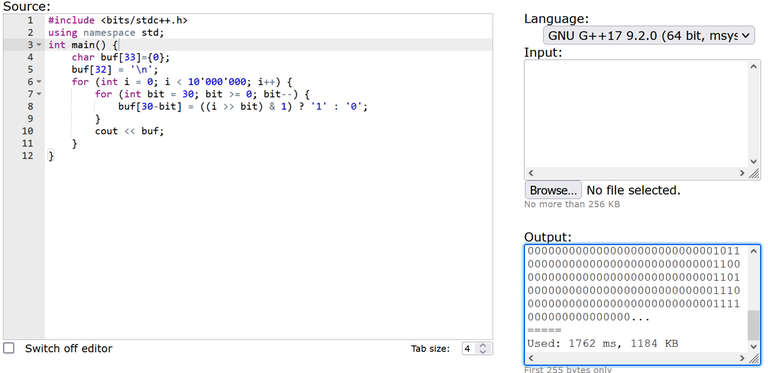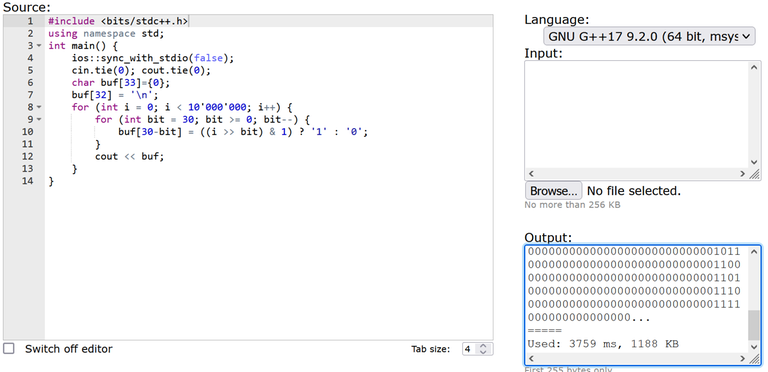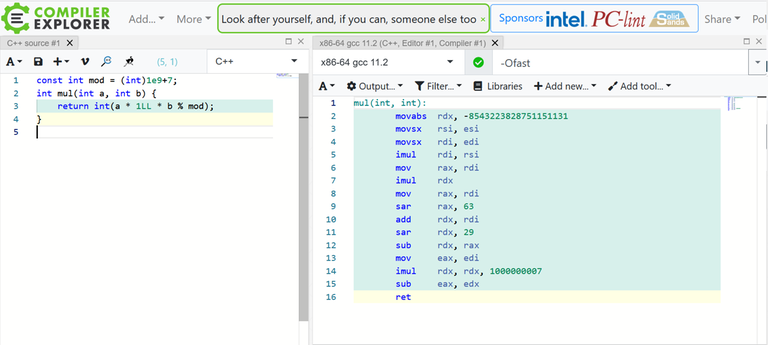Hello, codeforces!
Today, based on the article Triangulation of polygon from a book "Computational Geometry: Algorithms and applications", I implemented an algorithm of triangulation of any polygon without self intersections (non-convex polygons too) in C++.
$$$\text{ }$$$















